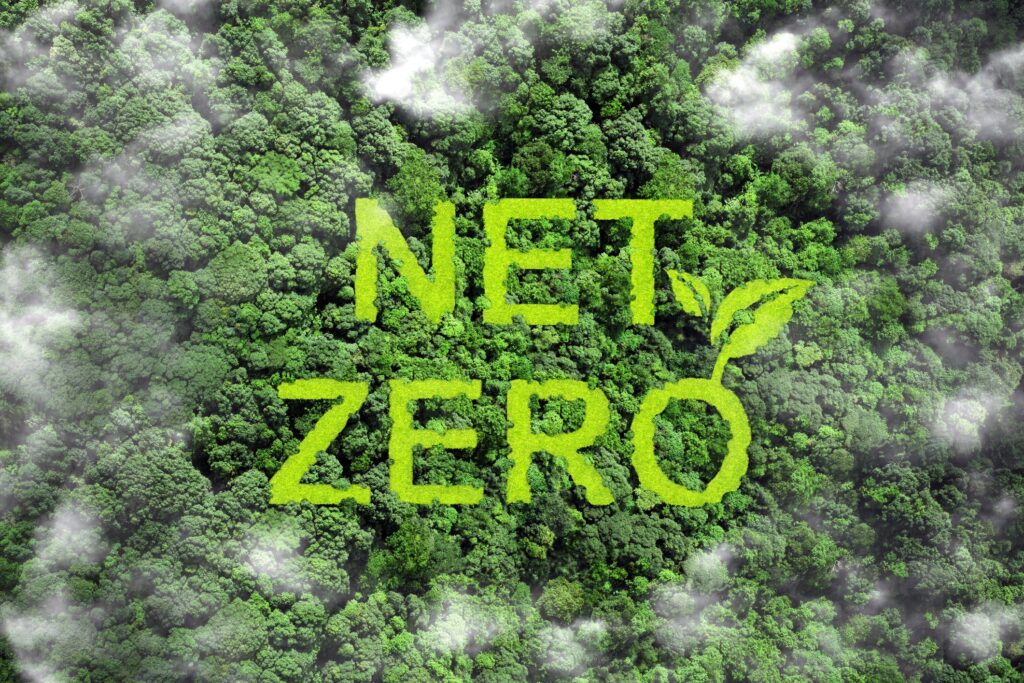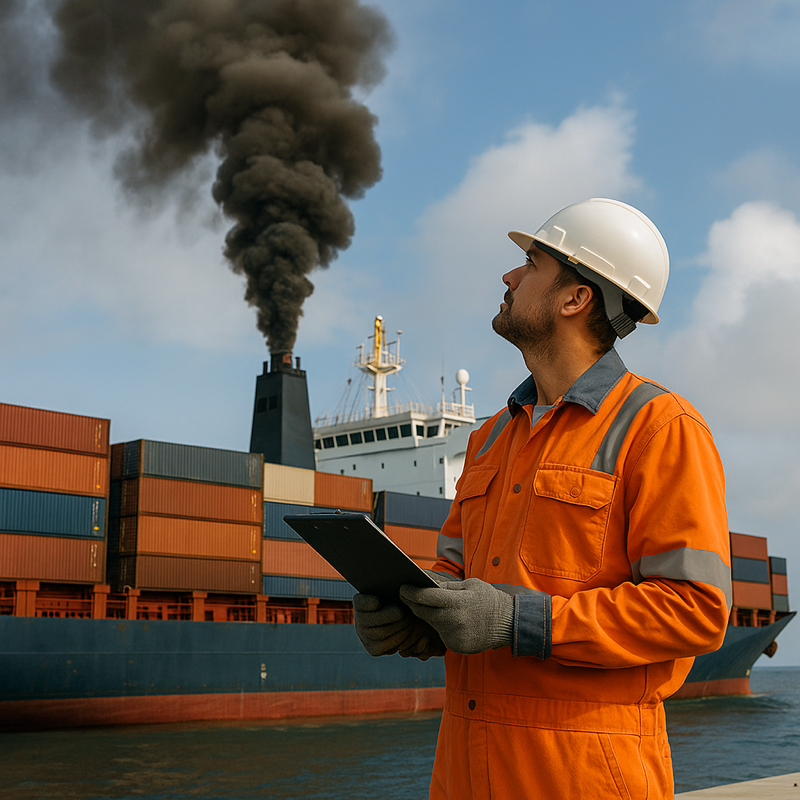Global energy-related CO2 emissions grew by 0.9% or 321 Mt in 2022, reaching a new high of over 36.8 Gt. Recognizing the logistics sector’s substantial role in global greenhouse gas emissions, regulatory bodies are propelling transformative change. As we get closer to 2024, the supply chain and logistics industry is slowly coming to terms with constant disruptions. In the fast-paced realm of global shipping, this is the time that ushers in a pivotal era marked by crucial ESG regulations, demanding heightened attention from importers, exporters, and carriers alike.
The European Union’s Emissions Trading System (EU ETS), California Air Resources Board (CARB) Advanced Clean Fleets Rule, and the International Maritime Organization’s (IMO) Carbon Intensity Indicator stand as formidable pillars reshaping the industry’s landscape. For professionals navigating these turbulent waters, staying informed is not merely advantageous—it’s imperative. In this article, we explore the escalating importance of emissions regulations, emphasizing their impact on the shipping industry and the vital need for proactive adaptation.
Regulators Push For Sustainable Shipping
The global shipping industry is under unprecedented scrutiny as regulators fervently advocate for sustainability in an era of increasing environmental consciousness. Aiming to address the sector’s significant environmental impact, logistics currently accounts for 8% of all global greenhouse gas (GHG) emissions, a figure that rises to 11% when including warehouses, according to the MIT Climate Portal. This alarming statistic underscores regulators’ urgency in targeting logistics for its outsized emissions.
In response to this global push towards sustainability, shippers and carriers find themselves compelled to adapt swiftly to the changing norms. The imminent implementation of ESG regulations in 2024 intensifies the pressure on the industry, necessitating a paradigm shift towards greener practices.
Three Must-Know Emissions Regulations
In the dynamic global shipping landscape, 2024 heralds the implementation of three pivotal emissions-related ESG regulations, steering the industry toward a more sustainable future. These regulations are set to reshape how importers, exporters, and carriers operate, emphasizing the pressing need for proactive measures and strategic partnerships to navigate this transformative era.
1. The European Union’s Emissions Trading System
The EU Emissions Trading System (EU ETS) is a cornerstone in the global effort to combat climate change. Envisioned as a market-driven mechanism, its primary objective is the reduction of greenhouse gas emissions. Operating on a cap-and-trade principle, companies within the EU can buy and sell emissions allowances, fostering a competitive yet environmentally conscious marketplace. The EU ETS has significant implications for the shipping industry, with carriers recognizing the need to offset additional costs incurred under this regulatory framework.
Notably, larger ocean carriers like Maersk and Hapag-Lloyd have proactively responded by providing comprehensive guides to the anticipated 2024 ETS surcharges. This signals a collective commitment within the shipping sector to align with the EU’s stringent emissions standards and proactively address the evolving landscape of EU ESG regulations and environmental responsibility.
2. California Air Resources Board Advanced Clean Fleets Rule
Long at the forefront of environmental advocacy, California has introduced the groundbreaking Advanced Clean Fleets Rule. This rule represents a pivotal step in the state’s commitment to achieving cleaner air and reducing greenhouse gas emissions in the transportation sector. Applicable to logistics professionals and companies operating within California, the rule mandates a paradigm shift toward fleet electrification and deploying zero-emission vehicles.
As the industry grapples with the challenges and opportunities presented by CARB’s ambitious initiative, logistics professionals find themselves compelled to prepare for a future where sustainability is not merely a choice but a regulatory imperative. The Advanced Clean Fleets Rule not only reshapes operational strategies but also serves as a catalyst for innovation, pushing the industry towards eco-friendly alternatives and reinforcing California’s role as an environmental trailblazer.
3. International Maritime Organization’s Carbon Intensity Indicator
Against the backdrop of a global imperative to achieve net-zero emissions by 2050, the International Maritime Organization’s (IMO) Carbon Intensity Indicator takes center stage in the maritime sector’s sustainability efforts. Aligned with the IMO’s GHG strategy, which focuses on reducing emissions from sea to land, this indicator sets precise ESG compliance requirements for shipping companies worldwide. Its significance lies in its critical role in the industry’s commitment to aligning with international climate goals.
The Carbon Intensity Indicator’s impact reverberates globally, compelling stakeholders to embrace sustainable practices and contribute actively to the overarching objective of a carbon-neutral maritime industry. As part of the industry’s landmark pledge to reach net zero by 2050, this indicator propels a collective transformation towards environmentally responsible shipping practices.
With Regulations on the Rise, Shippers Turn to Greenabl
The convergence of these three regulations in 2024 underscores the shipping industry’s collective commitment to environmental stewardship. In the face of escalating restrictions, shippers are turning to Greenabl for comprehensive solutions that fortify preparedness for impending environmental mandates.
Equipped with its comprehensive services and a 360-degree technology platform, Greenabl stands as a beacon, poised to empower importers, exporters, and carriers to navigate these regulatory waters seamlessly. The aim is not only to ensure compliance with ESG regulations but to actively participate in a more sustainable future for global shipping, where environmental responsibility and operational efficiency coexist harmoniously. Greenabl’s suite of services empowers shippers to navigate the evolving regulatory landscape seamlessly:
- Carbon Emissions Measurement: Accurate assessment and reporting.
- Mitigation Strategies: Proactive measures for emissions reduction.
- Procurement Exchange: Cooperative purchasing for cost-effective sustainability.
As the industry propels towards greener practices, act now. Explore Greenabl’s Solutions to know more and ensure your readiness for a sustainable shipping future.


